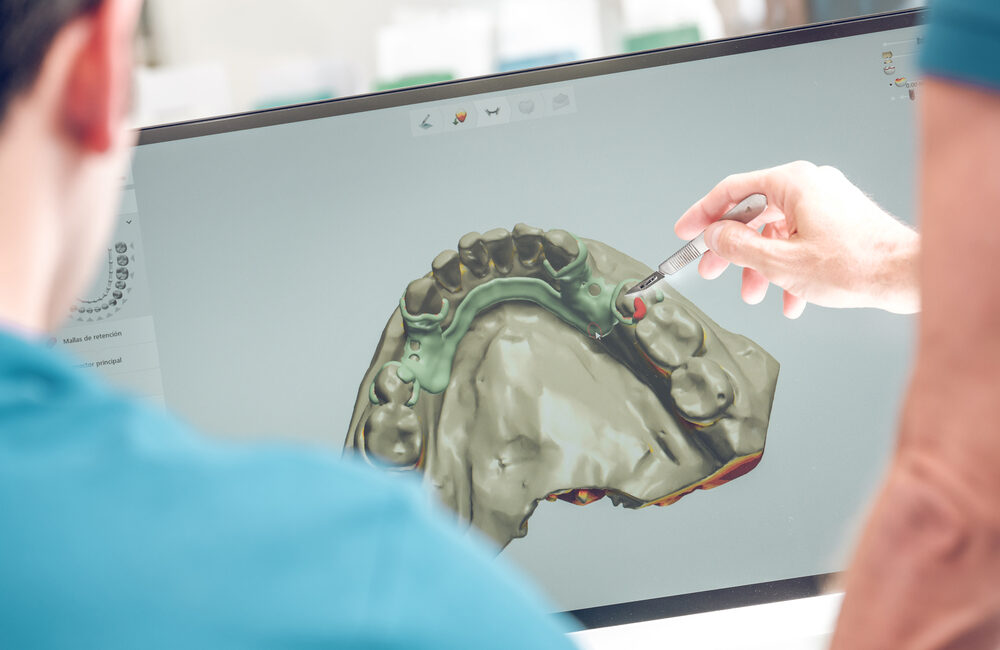
In recent years, the field of dentistry has undergone a transformative shift, thanks to the advent of emerging dental technologies. These innovations are revolutionizing how dental care is delivered, greatly enhancing patient experience and improving treatment outcomes. The role of technology in modern dentistry cannot be overstated, as it not only enables dentists to provide more accurate diagnoses and effective treatments but also addresses common patient concerns, such as pain, anxiety, and overall comfort.
Enhancing Diagnostic Precision
One of the most significant impacts of emerging dental technologies is the improvement in diagnostic precision. Advanced imaging techniques, such as digital X-rays and 3D cone beam computed tomography (CBCT), allow for detailed visualization of the oral cavity. Unlike traditional X-rays, which offer limited views, digital X-rays produce high-resolution images with minimal radiation exposure. CBCT goes a step further by providing three-dimensional images, enabling dentists to view the teeth, bone, and surrounding structures from all angles.
This heightened level of detail allows dentists like Dr. Thea Pabustan to identify issues that might be missed with conventional methods. For instance, small cavities, fractures, or bone loss can be detected earlier, leading to more timely and effective interventions. The result is a significant improvement in patient outcomes, as early detection often means less invasive treatments and a lower risk of complications.
Streamlining Treatment with CAD/CAM Technology
Computer-Aided Design and Computer-Aided Manufacturing (CAD/CAM) technology has been a game-changer in restorative dentistry. Traditionally, creating dental crowns, bridges, and veneers involved multiple visits to the dentist, with patients enduring weeks of waiting for their final restorations. With CAD/CAM, dentists can now design and fabricate these restorations in a single visit, reducing the treatment time significantly.
Patients appreciate the convenience of same-day restorations, as it minimizes disruption to their daily lives. Moreover, the precision of CAD/CAM technology ensures that the restorations fit perfectly, reducing the likelihood of discomfort or the need for adjustments. This streamlined process not only enhances the patient experience but also leads to better clinical outcomes.
The Role of Laser Dentistry
Laser technology is another innovation that is transforming the way dental procedures are performed. Lasers can be used in a variety of treatments, including cavity preparation, gum disease management, and teeth whitening. The precision of lasers allows for minimally invasive procedures, which means less pain, reduced bleeding, and faster healing times for patients.
For example, in treating gum disease, lasers can target and remove diseased tissue while preserving healthy tissue, leading to better outcomes and less post-operative discomfort. Additionally, laser teeth whitening provides quick and effective results, significantly improving the aesthetic appeal of a patient’s smile in a short amount of time.
Addressing Common Concerns: Pain, Anxiety, and Bad Breath
Pain and anxiety are two of the most common concerns that patients have when visiting the dentist. Emerging dental technologies are playing a crucial role in alleviating these fears. Sedation dentistry, for instance, has made it possible for patients to undergo complex procedures with minimal discomfort. Whether through oral sedatives, nitrous oxide, or intravenous sedation, patients can now receive the care they need without the associated stress and fear.
Moreover, advancements in dental anesthesia, such as computer-controlled local anesthetic delivery systems, ensure that patients experience less pain during injections, contributing to a more comfortable experience overall.
In addition to pain and anxiety, another common concern for patients is bad breath, which can be influenced by various factors, including age. As Dr. Thea Pabustan explains, “Age affects bad breath in several ways, primarily due to changes in salivary flow and the increased likelihood of chronic conditions that can contribute to halitosis.” With this in mind, emerging technologies such as salivary diagnostics are becoming increasingly important in addressing the root causes of bad breath. By analyzing a patient’s saliva, dentists can identify underlying issues such as bacterial imbalances, dry mouth, or systemic diseases, leading to more targeted and effective treatments.
Improving Patient Communication and Education
Technology is also enhancing how dentists communicate with and educate their patients. Digital tools, such as intraoral cameras and chairside monitors, allow patients to see what the dentist sees, fostering a better understanding of their oral health. This visual aid helps patients make informed decisions about their treatment options and feel more involved in the process.
Furthermore, virtual consultations and teledentistry are becoming more prevalent, allowing patients to seek advice and follow-up care without needing to visit the dental office in person. This is particularly beneficial for patients with mobility issues or those living in remote areas, as it ensures they have access to the care they need.
The Future of Dentistry
The impact of emerging dental technologies on patient experience and outcomes is profound. From enhancing diagnostic accuracy to streamlining treatments and addressing common patient concerns, these innovations are reshaping the landscape of dentistry. As technology continues to advance, patients can look forward to even more improvements in their dental care, leading to healthier smiles and better overall well-being.
Dentists like Dr. Thea Pabustan are at the forefront of this transformation, utilizing the latest technologies to provide high-quality, patient-centered care. As these innovations become more widely adopted, the future of dentistry looks brighter than ever, promising improved experiences and outcomes for patients of all ages.



